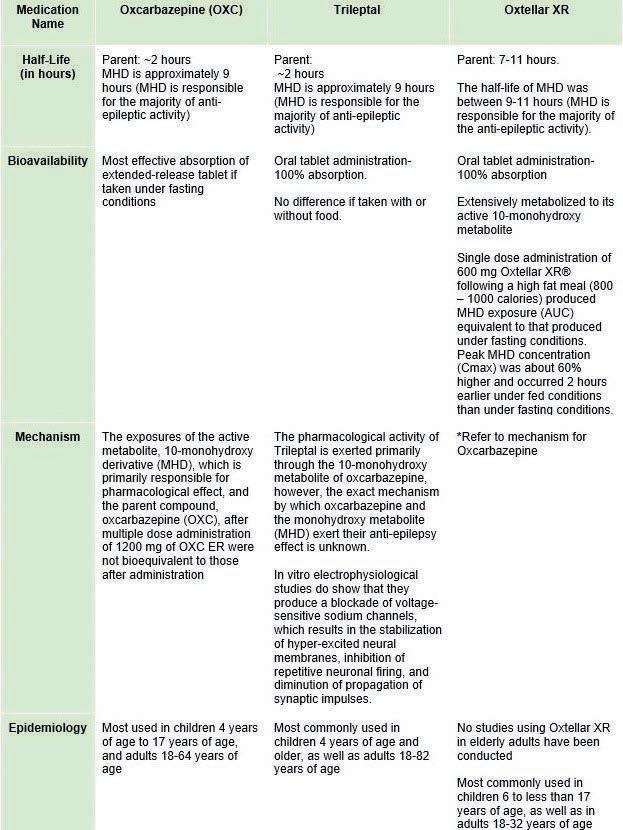Scholarly Research In Progress • Vol. 5, November 2021
Assessment and Improvement of Sepsis Bundle Compliance at Geisinger Community Medical Center Sean B. Watson1†‡, Michael S. Pheasant1†‡, Steven A. Picozzo1†‡, John R. Wroblewski1†‡, Jeffrey D. Perluke1†‡, and Igor Georgievsky1,2,3,4 ¹Geisinger Commonwealth School of Medicine, Scranton, PA 18509 ²Geisinger Community Medical Center, Scranton, PA 18510 ³Geisinger Northeast Internal Medicine Residency Program, Scranton, PA 18510 4 The Wright Center Internal Medicine Residency Program, Scranton, PA 18510 † Doctor of Medicine Program ‡ Authors contributed equally. Correspondence: swatson@som.geisinger.edu
Abstract Sepsis is a life-threatening emergency resulting from the body’s overwhelming response to infection. Annually, 1.7 million American adults develop sepsis, and nearly 270,000 will die as a result (1, 2). In an effort to improve patient outcomes, Geisinger Community Medical Center (GCMC) has adopted the recommendations of The Society of Critical Care Medicine and the European Society of Intensive Care Medicine’s Surviving Sepsis Campaign. The campaign consists of a definition of sepsis, severe sepsis, and septic shock as well as prescribed 3-hour and 6-hour treatment bundles (3). We have conducted a retrospective chart review of cases in which criteria for sepsis, severe sepsis, or septic shock was met and in which patients had a poor outcome defined as mortality or hospital readmission within 30 days. Our results demonstrated that in cases of sepsis, the 3-hour bundle compliance was 40.91% with the greatest deficit in proper fluid bolus administration. In cases of severe sepsis and septic shock, 3-hour bundle compliance was 53.13% and 79.17% respectively with deficits in appropriate fluid bolus administration. Six-hour bundle compliance in severe sepsis and septic shock was 31.25% and 33.33% respectively, with deficits in appropriate vasopressor use. Our team has identified multiple avenues for improvement. We suggest the development and implementation of an interdisciplinary sepsis team. Use of interdisciplinary teams is already widely established in the hospital, notably in patients experiencing cardiac arrest or trauma. By involving nonphysician providers in direct patient care, teams may be more effective in mobilizing and delivering hospital resources for patient care. We contend that it is both possible and reasonable to consider the development of an interdisciplinary sepsis team at Geisinger Community Medical Center to increase successful compliance with SCC guidelines.
Introduction Sepsis is the result of the body’s overwhelming response to infection. It is a life-threatening medical emergency that can result in local or diffuse tissue damage, organ failure, and death. These complications can develop quickly and thus physicians must intervene quickly and efficiently when sepsis is suspected. Annually, 1.7 million American adults develop sepsis, and nearly 270,000 will die as a result. Approximately 1 in 3 patients who die in a hospital will have sepsis (1, 2). The Society of Critical Care Medicine and the European Society of Intensive Care Medicine developed the Surviving Sepsis
28
Campaign (SSC) (3). These guidelines offer a succinct and specific definition of sepsis consisting of vital sign parameters and infection source. Additionally, their efforts resulted in the creation of sepsis bundles: designated orders consisting of laboratory specimens, intravenous fluids, and medication administration designed to maximally improve survivability in sepsis (3). A significant number of observational studies have been conducted regarding compliance with the SCC guidelines and sepsis bundles. These studies demonstrate the compliance is a critical challenge to the success of the SCC in reducing morbidity and mortality (4). One study conducted as a survey of critical care physicians, emergency medicine physicians, and internal medicine physicians demonstrated that compliance with individual bundle components could vary with personal preference. For example, only 62% of respondents reported always giving appropriate antibiotics in compliance with the 3-hour bundle (5). Systematic review and meta-analysis of implemented quality improvement programs demonstrate that these improvement programs are associated with both increased adherence to the sepsis bundles and reduced morbidity and mortality in patients with sepsis, severe sepsis, and septic shock (6). Geisinger Community Medical Center (GCMC) has adopted the Surviving Sepsis Campaign bundles in their effort to minimize mortality and readmission following a diagnosis of sepsis, severe sepsis, or septic shock. Per the SSC, sepsis is defined as: meeting two severe inflammatory response syndrome (SIRS) criteria in the setting of an identified source of infection. Criteria must be met within a 6-hour timeframe to qualify as sepsis (Figure 1). SIRS criteria consist of the following: fever greater than 38º C or hypothermia below 36º C; heart rate greater than 90 beats per minute; respiratory rate less than 20 breaths per minute; serum white cell abnormality defined as either greater than 12,000 wbc/mm3, less than 4,000 wbc/mm3, or greater than 10% band cells (3, 7). If sepsis is identified per the stated parameters, physicians are to initiate the 3-hour sepsis bundle consisting of four steps. 1. Measure blood lactate level. 2. Obtain blood cultures prior to the administration of antibiotics. 3. Administer a broad-spectrum antibiotic. 4. Administer 30 ml/kg crystalloid intravenous fluid bolus.












































